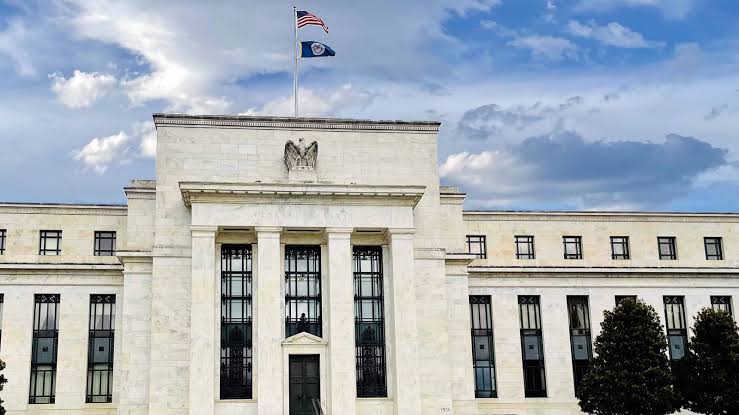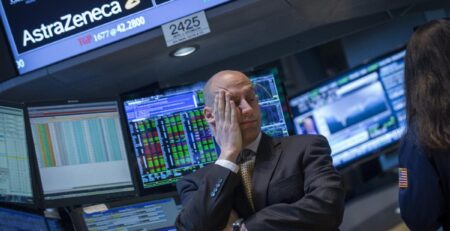US. Fed holds interest rates steady
editor2023-09-21T15:22:41+00:00Federal Reserve officials on Sept. 20 held interest rates steady and signaled one more rate increase this year as the central bank continues its quest to tamp down inflation without overcooling the economy.
The Federal Open Market Committee left the federal funds rate unchanged at a range of 5.25% to 5.5% following its two-day meeting. The committee in recent months has alternated between hikes and pauses — it approved a quarter-point increase at its last meeting in July but did not raise rates in June.
But with inflation elevated, the Fed has raised the funds rate, which is now at its highest level since 2001, 525 basis points since March 2022.
The committee’s median projection for the federal funds rate at the end of 2023 remained at 5.6%, according to projections the Fed released Sept. 20, the same level it forecaste in June. But committee members are now projecting keeping rates higher for longer: By the end of 2024, the committee’s median projection is now 5.1%, up from 4.6% in June, and by the end of 2025 it’s 3.9%, up from 3.4% in June.
Alexandra Wilson-Elizondo, deputy chief investment officer, multiasset strategies at Goldman Sachs Asset Management, said in a statement that the projections were more hawkish than expected. “However, the main risk remains tarnishing their largest asset, anti-inflation credibility, which warrants favoring a hawkishness reaction function,” she said. “Most likely, the recent rise in energy prices and resilient consumption and activity data drove the higher median dot (projections) in 2024.”
The committee’s 12 members unanimously approved maintaining rates at the current level and said in a statement that it will continue to “take into account the cumulative tightening of monetary policy, the lags with which monetary policy affects economic activity and inflation, and economic and financial developments” when weighing additional policy firming.
The Fed’s latest decision comes a week after data from the Bureau of Labor Statistics showed that the consumer price index rose 3.7% in August from a year earlier, above the 3.2% year-over-year increase in July.
Powell said recent inflation and unemployment data has been positive, but the Fed will need to see more before it determines that its rate-hike campaign is over. “We want to see convincing evidence, really, that we have reached the appropriate level,” he said. “We’re seeing progress and we welcome that, but we need to see more progress before we’ll be willing to reach that conclusion.”
The committee’s median projection for personal consumption expenditures inflation by the end of 2023 is now 3.3%, up slightly from 3.2% in June. The committee sees PCE inflation decreasing to 2.5% by the end of 2024 and 2.2% by the end of 2025.
The 12-month change in total PCE prices came in at 3.3% in July, up from 3% in June, but down from its peak of 7% in June 2022.
Shortly after the Sept. 20 announcement, market participants indicated there is a 70% probability that the Fed will leave rates unchanged at its next meeting, according to the CME FedWatch Tool that tracks trading in the 30-day fed funds futures.
Read more @pionline











